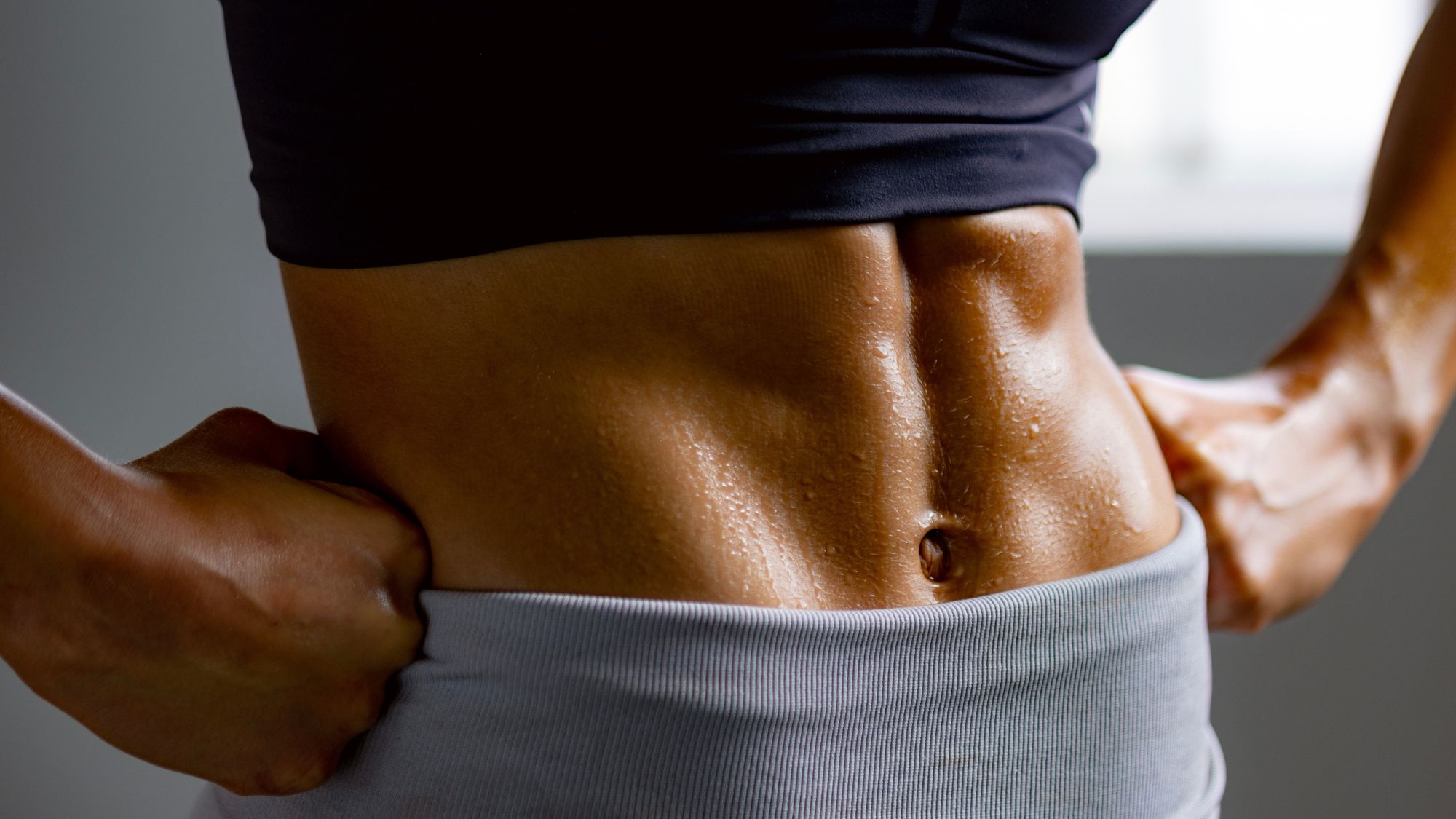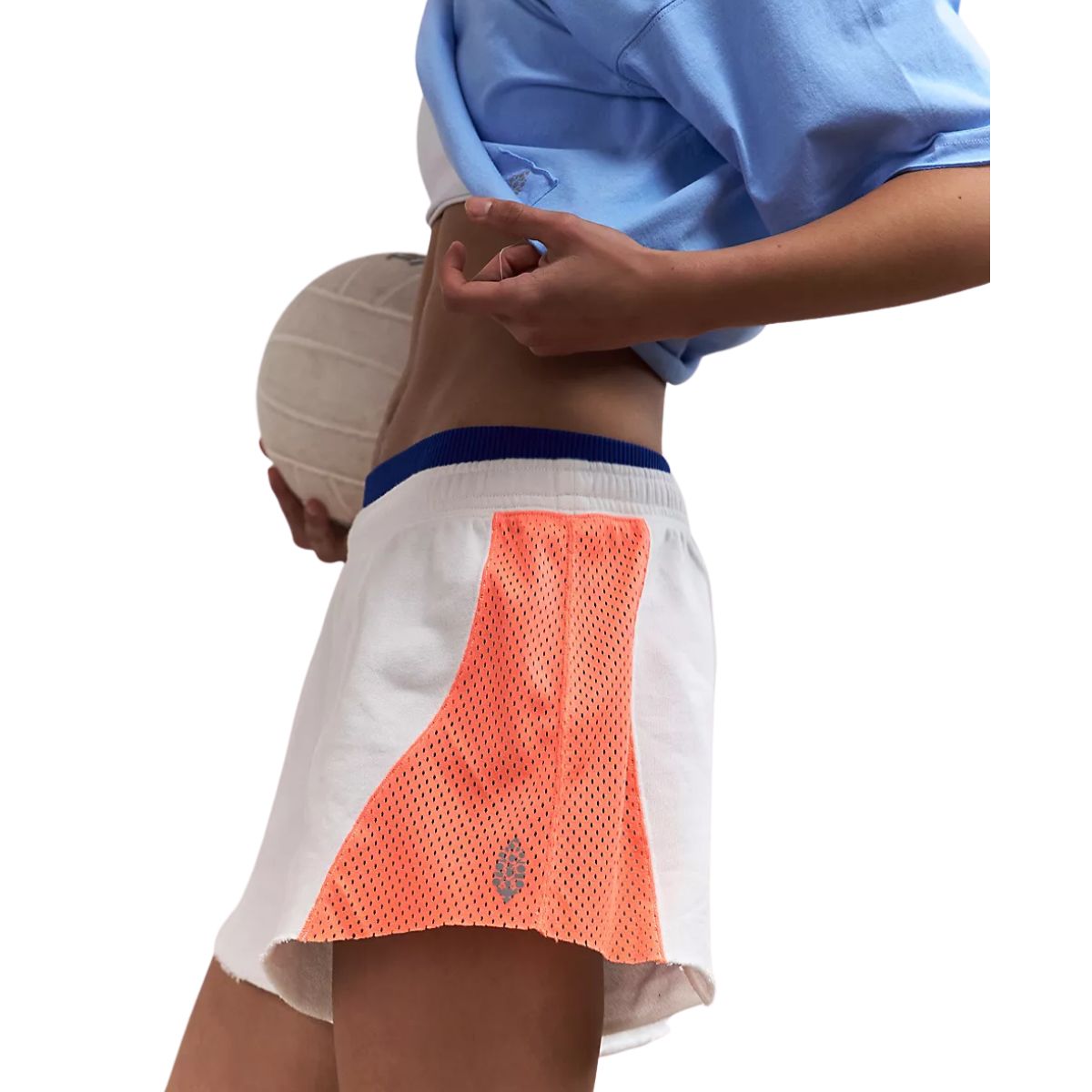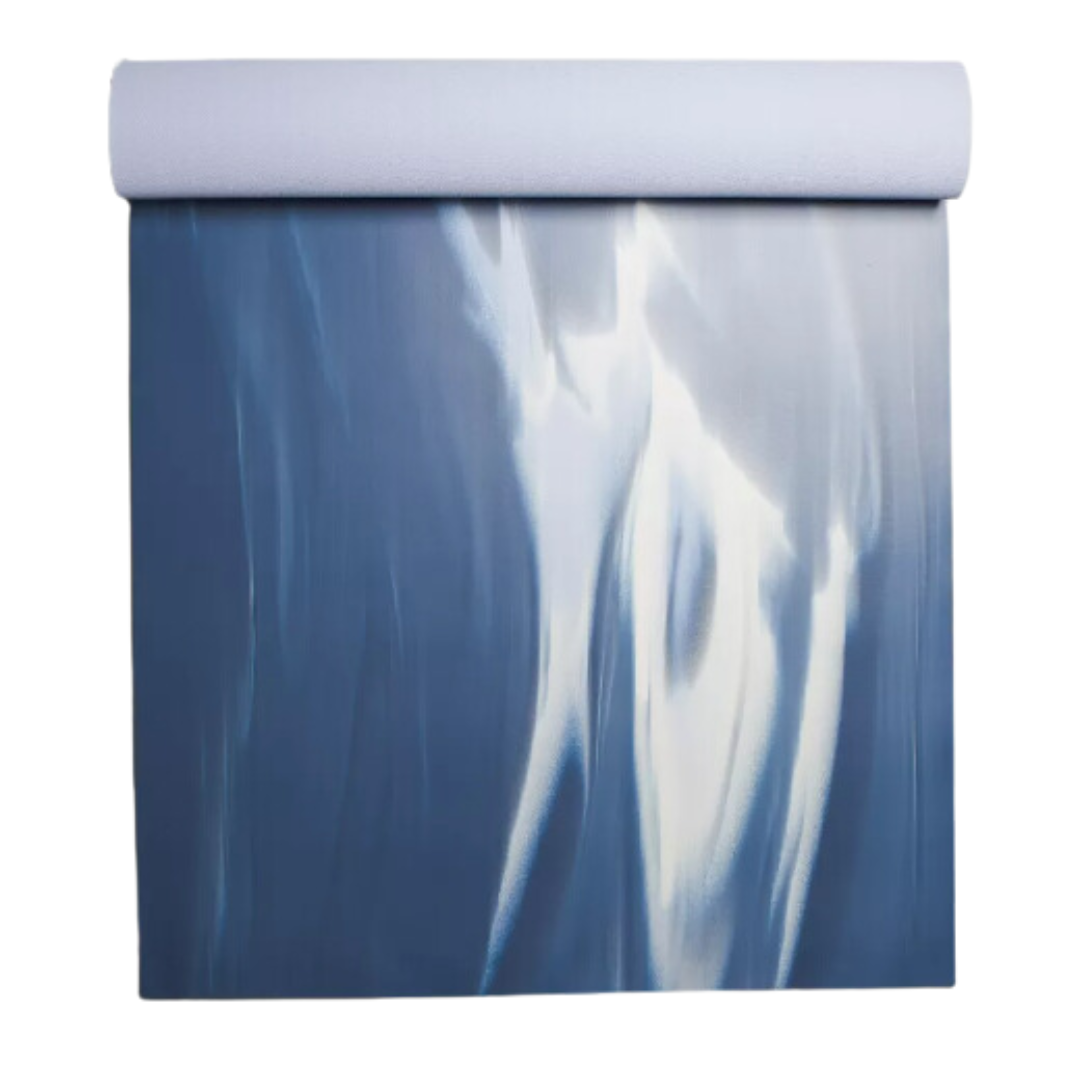I’m a Personal Trainer – Trust Me, the In and Out Ab Method is Unrivalled for a Strong, Defined Core
Core strength, unlocked.


Trust us when we say, here at MC UK, we've tried a fair few ab exercises in our time. From crunches, to planks, to newly trending Copenhagen planks, we're constantly testing both traditional and trending workout moves for you in order to decipher which are worth your time and energy and which - well, aren't. Enter: the In and Out ab method.
We know we're not alone in wanting in on the best way to build a strong, functional core. If you're a regular reader, you'll know that we're evangelical about training our abs and obliques - and not merely for aesthetics, either. There are a whole host of benefits of building a strong core - it's not only crucial for providing your body with stability and support, but also boosting balance, athletic performance, and reducing injury risk, to boot.
That said, when it comes to recommended for the best core exercises, we have a strict tick-list of criteria: moves have to be simple, accessible, ideally free, and (most importantly) effective. Far too many are over-complicated, require expensive equipment or a gym membership, or both of the above.
Which is where the in and out ab method comes in. Raved about by personal trainers, it's a seriously effective exercise for strengthening not only your abs, but your glutes, hip flexors and quads. Yup - consider it a corker of an all-rounder.
Keen to do more deep core work? Check out our round-ups of the most effective core exercises and best core workouts under 10 minutes, here, plus don't miss the best ab workouts, medicine ball ab moves, and standing core exercises, here..
Personal trainers can't get enough of the In and Out ab method for a strong core - here's why
What is the In and Out ab method?
First up, let's strip things back and take a look at what the method is. Even if you've never heard of the In and Out ab method, the chances are that you'll have tried the move itself.
"The In and Out ab method is a core exercise often used in circuits," explains Rowan Clift, training and nutrition specialist at AI-based fitness and lifestyle coaching app Freeletics. "It involves sitting on the floor, balancing on your glutes, and bringing your knees in toward your chest and then extending your legs out straight, while maintaining control with your core. You can do it with your hands on the floor behind you for support, or lifted for more challenge." Recognise the one?
Celebrity news, beauty, fashion advice, and fascinating features, delivered straight to your inbox!
What are the benefits of the In and Out ab method?
We know that a strong and stable core brings with it a myriad of both physical and real-world benefits, from improved posture and balance to enhanced athletic performance and even injury prevention.
And the In and Out ab method will certainly help you bank all these benefits, plus a few more unique ones of its own.
1. It strengthens the entire core
This might sound obvious, but actually, not all ab exercises will engage and activate the entire core.
"Your core is more than just your abs, it’s your body’s powerhouse," explains Catie Miller, founder of Barre Series. "It includes your deep abdominals, obliques, pelvic floor, lower back, and even the glutes. It’s the centre of all movement, supporting balance, posture, and control."
As such, in order to train for a strong core, we need to perform movements across all planes of motion and that activate all these muscles: we're talking lower abs, obliques, hamstrings, glutes, pelvic floor and more. The answer? In and Out abs, of course.
"This is a deceptive move but highly effective as it targets multiple areas of the core at once," explains personal trainer Edwina Jenner. "By tucking the knees in and extending the legs out repeatedly, you’re working both the rectus abdominis (your six pack muscles) and the deeper transverse abdominis, which helps to stabilise your spine. You’ll also recruit your hip flexors and obliques as you balance and control the movement."
2. It improves balance and coordination
As touched on above, the move involves balancing on your lower back and bottom, firing up those all-important, tiny stabilising muscles in the core.
"The In and Out ab method improves balance and coordination," agrees Clift. "Not only this, but it requires core stabilisation to maintain posture, too."
3. It's simple and accessible
As you know, we love a move that can be easily done anywhere - the gym, home, the office or even a hotel room on holiday - and the In and Out ab method is the definition of an accessible exercise.
All you'll need is a workout mat to roll out, and you're good to go - plus, you don't need to spend hours doing these. If you feel your hip flexors taking over, it's a good sign that your core needs a break!
Even better, the move can be modified as you build strength, to ensure progressive overload. You can add ankle weights for extra spice, or place your hands behind your head to really intensify things.
4. It's great for posture and reduces our risk of injury
A stable core is a non-negotiable for good posture, helping to keep us supported while standing or sitting, plus, it helps reduce our risk of injury, too.
"A well-functioning core supports the lumbar spine and pelvis, stabilising the trunk during movement and maintaining proper alignment," notes Jenner. "During everyday movement, or a strength training session, your transverse abdominis and multifidus act like internal scaffolding, supporting your spine from the inside.
"A core exercise helps activate these muscles, improves posture, and reduces the forces on the vertebrae and discs. It also helps maintain intra-abdominal pressure, which is crucial for lifting and bracing safely. Without a stable core, your limbs work from an unstable base, increasing your risk of injury, particularly in the lower back and hips."
5. It boosts functional fitness
It might not sound the sexiest benefit, but trust us: as we age (and we're talking 20s, 30s and beyond), functional fitness will become your BFF.
"In and outs are a dynamic core movement that challenges coordination, control and endurance and is ideal for building real core strength," says Jenner. "These muscles control intra-abdominal pressure, support your posture, and coordinate movement. Core muscles also link the upper and lower body. Almost every movement starts from or passes through the core, meaning core work is vital as it underpins strength, movement, and injury prevention."
Who is the In and Out ab method best for?
The beauty of the In and Out ab method is that, unlike other effective core moves, it's totally suitable for pretty much everyone, from beginners to seasoned exercisers alike.
"The in and out abs method is ideal for beginners to intermediate exercisers looking to improve core strength," notes Clift. "It's also suitable for people with limited space or equipment, and those rehabbing from injury."
Just one word of warning, though - if your lower back is prone to injury, you might be better off swerving this move. "It might not be suitable for those with lower back issues unless modified properly," cautions Clift.
How to do the In and Out ab method with good form
As always, it's essential for your form to be on point, to avoid injury and also ensure that you're reaping the full rewards of the move.
Clift recommends the following steps for In and Out success:
- Sit on the floor with your knees bent and feet flat.
- Lean back slightly while keeping your back straight, engaging your core.
- Place hands on the floor behind you for support or lift them for more difficulty.
- Extend your legs out straight (just above the ground), then pull your knees in toward your chest.
- Repeat in a smooth, controlled motion, keeping tension in the abs.
- Keep your chest lifted to avoid rounding your back, and avoid swinging your legs and control both the in and out movement. Breathe out as you bring knees in, and inhale as you extend out.
Shop MC UK's go-to core workout essentials now:
Is the in and out abs method alone enough to build a strong core?
"It’s a useful part of an ab routine, but not enough on its own," says Clift. "You’ll get the best results by combining it with other core exercises like planks, leg raises, and Russian twists, along with a well-rounded strength program, cardio, and good nutrition.
"To increase difficulty, you can also add ankle weights or perhaps hold a medicine ball. For beginners, keep your feet lightly touching the floor as a modification. Aim to include the exercise in your workouts two to three times per week for best results."

Anna Bartter is a freelance journalist who writes about health, fitness and women's lifestyle for publications including Stylist, Metro and Psychologies, among others.
She's always on a quest to find a variety of fun and functional workouts that give you the most bang for your workout buck and she's passionate about championing movement for everyone's mental and physical wellbeing.



